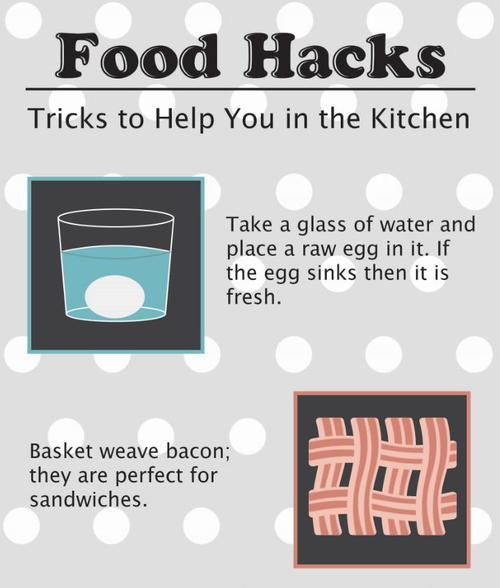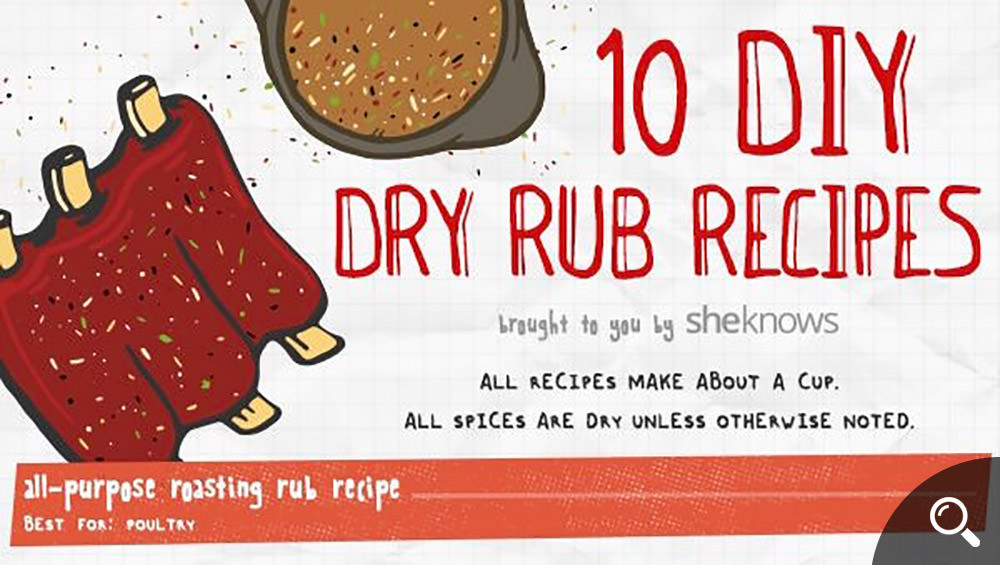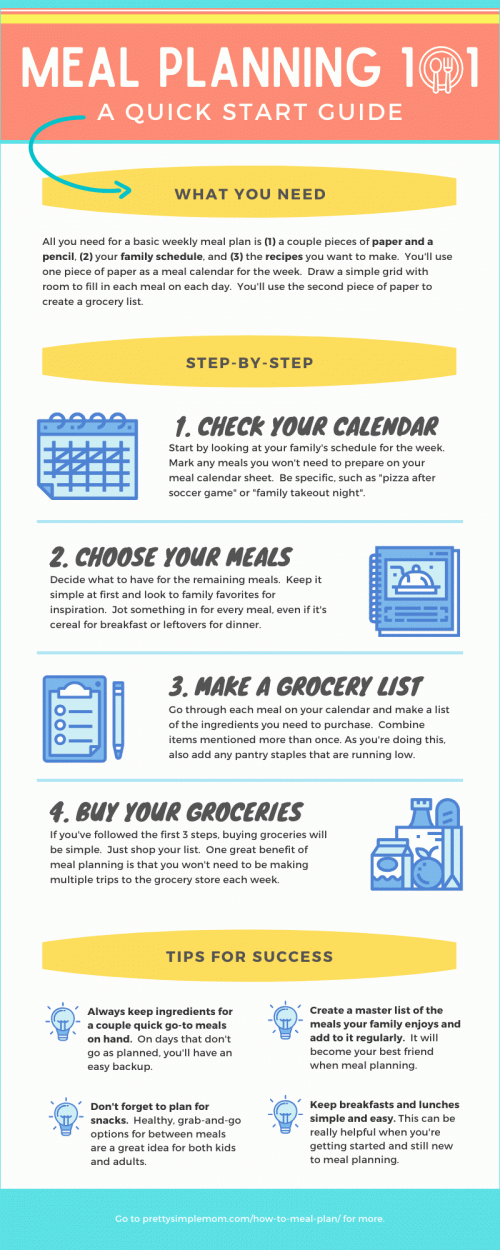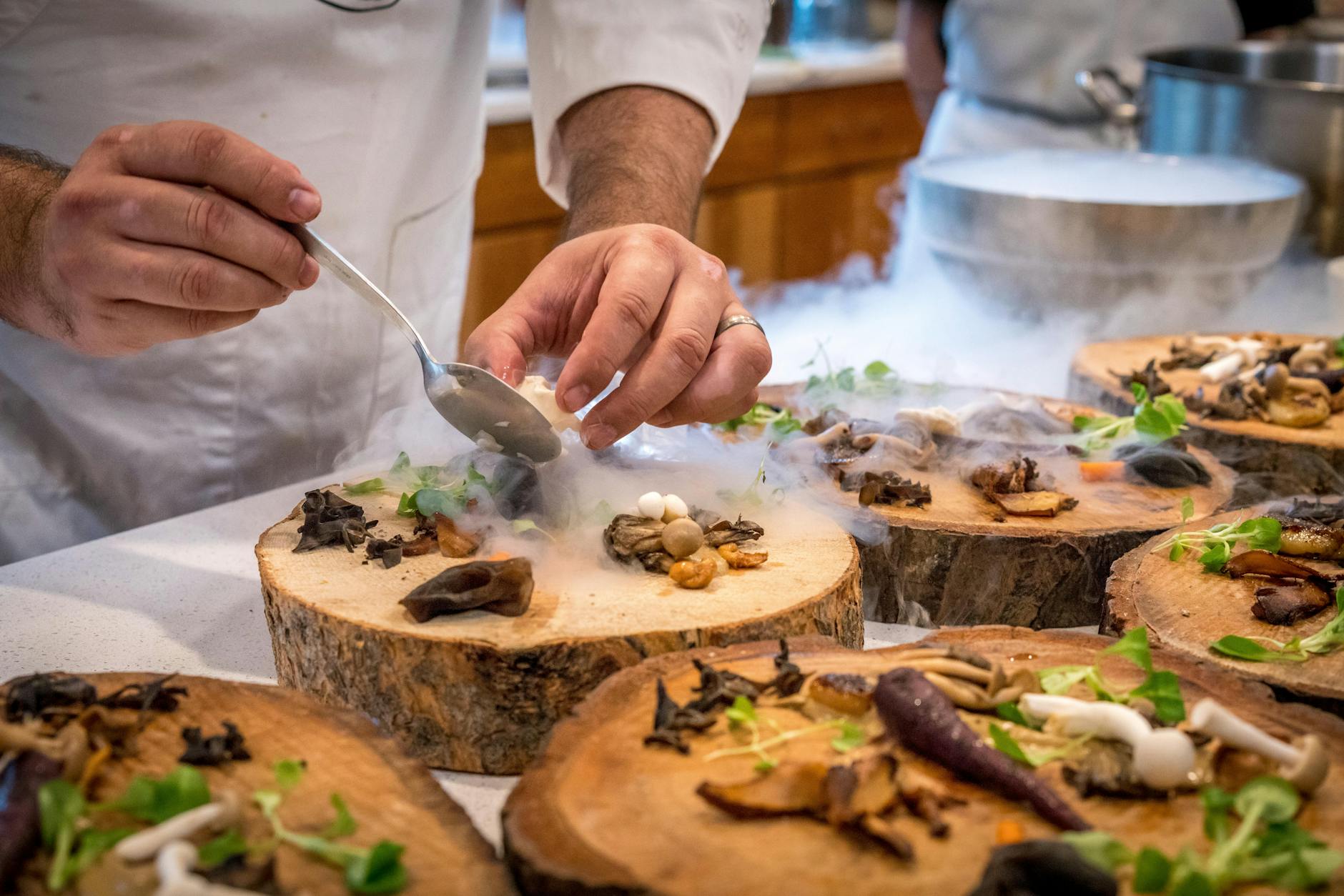Unlock the secrets to simple, delicious dishes with our Easy Recipes for Beginners 101 – a culinary journey awaits!
Table of Contents
- Introduction to Cooking for Beginners
- Setting Up Your Kitchen Space
- Understanding Recipe Basics
- Choosing Your First Recipe to Try
- Prepping Your Ingredients
- The Cooking Process Step by Step
- Finishing Your Dish
- Cleaning Up After Cooking
- Easy Recipe Ideas to Start With
- Engaging with Other Junior Chefs
- Summary of Key Cooking Tips for Beginners
- Frequently Asked Questions (FAQs)
Introduction to Cooking for Beginners
Welcome, young chefs! Are you ready to start cooking and have some fun in the kitchen? Cooking may seem a little tricky at first, but don’t worry, we’ve got some easy recipes and tips to help you become a master chef in no time. Let’s start with some simple dishes that will make cooking less scary and more exciting for beginners like you. So, grab your apron and let’s get cooking!
Starting with easy-to-follow recipes can help you build confidence in the kitchen. When you choose simple recipes to start with, you’ll see how much fun cooking can be. You’ll be surprised at the tasty dishes you can make all on your own! So, let’s dive into the world of cooking and discover just how amazing it can be for beginners like you who are eager to start cooking!
Setting Up Your Kitchen Space
Before you start cooking up some delicious treats, it’s essential to set up your kitchen space properly. Here, we will explore how to create a kid-friendly cooking area and the basic tools you’ll need to make scrumptious simple dishes.
Kid-Sized Tools
Having the right utensils and equipment that are safe and easy for kids to handle is crucial. Look for tools like kid-sized knives, cutting boards, and mixing bowls that fit comfortably in your hands. With these tools, you’ll be ready to chop, mix, and stir like a pro!
Safety First!
When you’re in the kitchen, it’s essential to follow some simple rules to keep yourself safe. Always make sure to have an adult nearby when you’re cooking, and remember to turn pot handles inward to prevent accidental spills. By practicing proper safety measures, you can enjoy cooking without any worries.
Understanding Recipe Basics
Learning about measurements, common cooking terms, and what all those symbols and numbers in recipes mean can help you become a pro in the kitchen. Recipes may seem like a secret code at first, but once you understand the basics, you’ll be cooking up a storm in no time!

Image courtesy of www.recipelion.com via Google Images
Common Cooking Terms
When you’re reading a recipe, you might come across words like “saute,” “simmer,” or “whisk.” These are common cooking terms that tell you what to do with your ingredients. For example, when a recipe says to “chop” something, it means you need to cut it into small pieces. Understanding these terms will help you follow your recipe accurately and create delicious dishes.
Measuring Made Easy
Measuring ingredients accurately is key to making sure your recipe turns out just right. You’ll often see measurements like “1 cup” or “2 teaspoons” in recipes. To measure liquids like milk or water, use a liquid measuring cup with clear markings. For dry ingredients like flour or sugar, use a dry measuring cup and level off the top with a flat edge for an exact amount. Following these simple measuring tips will help you create perfect dishes every time.
Choosing Your First Recipe to Try
So, you’re ready to dive into the exciting world of cooking and whip up some delicious dishes! But where do you start? Choosing the perfect first recipe can set the tone for your culinary journey. Let’s explore how to pick out the ideal dish and where to find it.
Picking the Perfect Dish
When selecting your first recipe, it’s essential to find a dish that not only sounds yummy but also isn’t too tricky to make. Look for recipes that have simple instructions and use ingredients you’re familiar with. Starting with a basic recipe will help you build confidence in the kitchen and set you up for success.
Using a Recipe Site
Recipe sites are like treasure troves full of culinary delights waiting to be discovered! These websites are a fantastic resource for finding easy-to-follow recipes tailored for beginners. You can search for recipes based on your favorite ingredients, dietary preferences, or meal types. Browse through different recipes, read reviews from other cooks, and pick one that catches your eye.
Prepping Your Ingredients
Before you start cooking, it’s important to get all your ingredients ready and organized. This step is called prepping your ingredients, and it’s just like getting everything set up neatly before you begin a fun project.

Image courtesy of www.hongkiat.com via Google Images
Washing and Sorting
First things first, wash all your fruits and veggies to get rid of any dirt or germs. Then, carefully sort them out so you can easily grab them when you need them. This makes cooking easier and more enjoyable.
Chopping and Measuring
Next, it’s time to chop and measure your ingredients. Use a kid-friendly knife if you’re old enough or ask an adult for help. Chop your veggies or fruits into small, even pieces so they cook evenly. Measure your liquids and dry ingredients accurately so your dish turns out just right.
The Cooking Process Step by Step
Before you start cooking, it’s essential to read through your recipe carefully. Recipes can have multiple steps, each building on the last, so it’s crucial to understand what you need to do before you begin. Take your time to familiarize yourself with each instruction to avoid any confusion while cooking.
Taking Your Time
Patience is key in the kitchen, especially for beginners. Cooking is a step-by-step process that requires attention to detail and precision. Rushing through can result in mistakes that could affect the taste of your dish. By taking your time and following each step methodically, you can create a delicious meal without any hiccups.
Finishing Your Dish
After all the hard work of prepping and cooking, it’s time to put the finishing touches on your dish! Here are a few tips to make sure your creation tastes delicious and looks amazing.

Image courtesy of www.hongkiat.com via Google Images
Taste Testing
One important part of cooking is tasting your food before you serve it. Take a small spoonful and see if it needs any extra seasoning or if it’s cooked just right. This way, you can make sure your dish is perfect before sharing it with others.
Making It Look Good
Even simple dishes can look fancy with a little creativity. Try arranging your food in a pleasing way on the plate, or adding a sprinkle of fresh herbs or a drizzle of sauce for that extra special touch. Presentation can make a big difference in how appetizing your dish looks!
Cleaning Up After Cooking
After finishing up your cooking adventures, it’s time to clean up your cooking space. Keeping your kitchen tidy is just as important as cooking a delicious meal. Let’s dive into the importance of cleaning up after cooking and some handy tips on how to do it efficiently.
Washing Dishes
One of the first things you should do after cooking is to wash the dishes you used while preparing your meal. Fill up the sink with warm, soapy water and start with the plates, utensils, pots, and pans. Clean them thoroughly and dry them off with a clean towel before putting them back in their designated spots in the kitchen. This way, you’ll have a clean and organized kitchen for your next culinary masterpiece.
| Recipe Name | Ingredients | Instructions |
|---|---|---|
| Simple Pasta | Pasta, tomato sauce, cheese, salt | 1. Cook pasta according to package instructions. 2. Heat tomato sauce in a saucepan. 3. Combine cooked pasta with tomato sauce. 4. Top with cheese and salt to taste. |
| Scrambled Eggs | Eggs, butter, salt, pepper | 1. Crack eggs into a bowl and whisk. 2. Heat butter in a pan. 3. Pour in eggs and scramble. 4. Add salt and pepper to taste. |
| Grilled Cheese Sandwich | Bread, cheese, butter | 1. Butter one side of each slice of bread. 2. Place cheese between bread slices, buttered side out. 3. Grill in a pan until bread is crispy and cheese is melted. |
Storing Leftovers
If you cooked more food than you can eat in one sitting, it’s a great idea to store the leftovers properly. Grab some airtight containers or wrap the food in cling wrap to keep it fresh. Label the containers with the date and contents so you know what’s inside. You can pop them in the fridge for a quick and easy meal the next day or freeze them for later. This way, you can enjoy your delicious meal again without any hassle.
Easy Recipe Ideas to Start With
Now that you’ve set up your kitchen space and understand the basics of recipes, it’s time to start cooking! Here are some easy recipe ideas to get you started on your culinary journey:

Image courtesy of prettysimplemom.com via Google Images
Breakfast Delights
Start your day off right with simple breakfast recipes that are quick to make and delicious to eat. How about trying your hand at making fluffy pancakes, tasty scrambled eggs, or fruity smoothie bowls?
Lunchtime Favorites
For a midday meal that’s easy to put together, consider making sandwiches with your favorite fillings, yummy wraps, or fresh salads with a homemade dressing. These lunch ideas are sure to keep you energized for the rest of the day!
Dinner Winners
When it comes to dinnertime, you can try your hand at making classic dishes like spaghetti with tomato sauce, cheesy quesadillas, or a simple stir-fry with colorful veggies. These dinner ideas are both tasty and satisfying!
Engaging with Other Junior Chefs
Learning to cook can be even more fun when you do it with friends and other junior chefs who are also beginners like you. Here are some tips on how to connect with others who are on the same cooking journey:
Cooking with Friends
Cooking with friends can make the experience even more enjoyable. You can share recipes, help each other out, and try new dishes together. It’s a great way to bond and learn from each other’s cooking techniques. You can even have friendly cooking competitions to see who can come up with the most delicious dish!
Sharing Your Creations
Once you’ve mastered a recipe, it’s time to show off your culinary skills to your family and friends. Sharing your creations not only gives you a sense of accomplishment but also allows you to enjoy the tasty dishes you’ve made together with your loved ones. It’s a great way to create lasting memories and receive feedback that can help you improve your cooking skills even more.
Summary of Key Cooking Tips for Beginners
As you begin your journey into the world of cooking, there are a few important tips to keep in mind to ensure your experience is not only fun but also successful. Let’s review some key cooking tips for beginners:

Image courtesy of in.pinterest.com via Google Images
Start with Easy Recipes
Choosing simple dishes to begin with can help build your confidence in the kitchen. Look for recipes labeled as easy-to-follow to get started on the right foot.
Follow the Recipe Carefully
When you’re cooking for the first time, it’s essential to follow the recipe step by step. Make sure to read through all the instructions before you start, so you know what to expect and can avoid any mistakes along the way.
Prep Your Ingredients
Before you start cooking, take the time to wash, chop, and measure out all your ingredients. Having everything ready to go will make the cooking process smoother and more enjoyable.
Take Your Time
Remember, cooking is not a race! Take your time with each step of the recipe to ensure everything turns out just right. Rushing can lead to errors, so be patient and enjoy the process.
Clean Up After Yourself
After you finish cooking, don’t forget to clean up your cooking space. Washing dishes and putting everything away will not only keep your kitchen tidy but also make your next cooking adventure more enjoyable.
By keeping these cooking tips in mind, you’ll be on your way to creating delicious dishes and mastering the art of cooking in no time!
Frequently Asked Questions (FAQs)
What should I do if I make a mistake?
Don’t worry if you make a mistake while cooking! It happens to everyone, even experienced chefs. If you make a mistake, try to figure out what went wrong and learn from it. Sometimes you can fix the mistake, like adding more seasoning if your dish tastes bland. And if you can’t fix it, remember it’s all part of learning. Just keep trying and practicing, and you’ll improve over time.
How do I know if my food is cooked all the way?
It’s important to make sure your food is cooked all the way to avoid getting sick. One easy way to check is by using a food thermometer to measure the internal temperature of your meat, poultry, or fish. Different foods have different safe cooking temperatures, so make sure to look up the correct temperature for what you’re cooking. You can also cut into your food to check if the inside is no longer pink or if the juices run clear. Remember, it’s better to be safe than sorry!
Can I change the recipe?
While it’s usually best to follow a recipe the first time you make a dish, you can definitely change things up once you’re comfortable with cooking. You can add extra ingredients for more flavor or leave out things you don’t like. Just keep in mind that some ingredients play a crucial role in the overall dish, so be cautious when making substitutions. Feel free to get creative and make the recipe your own! Just have fun with it.





